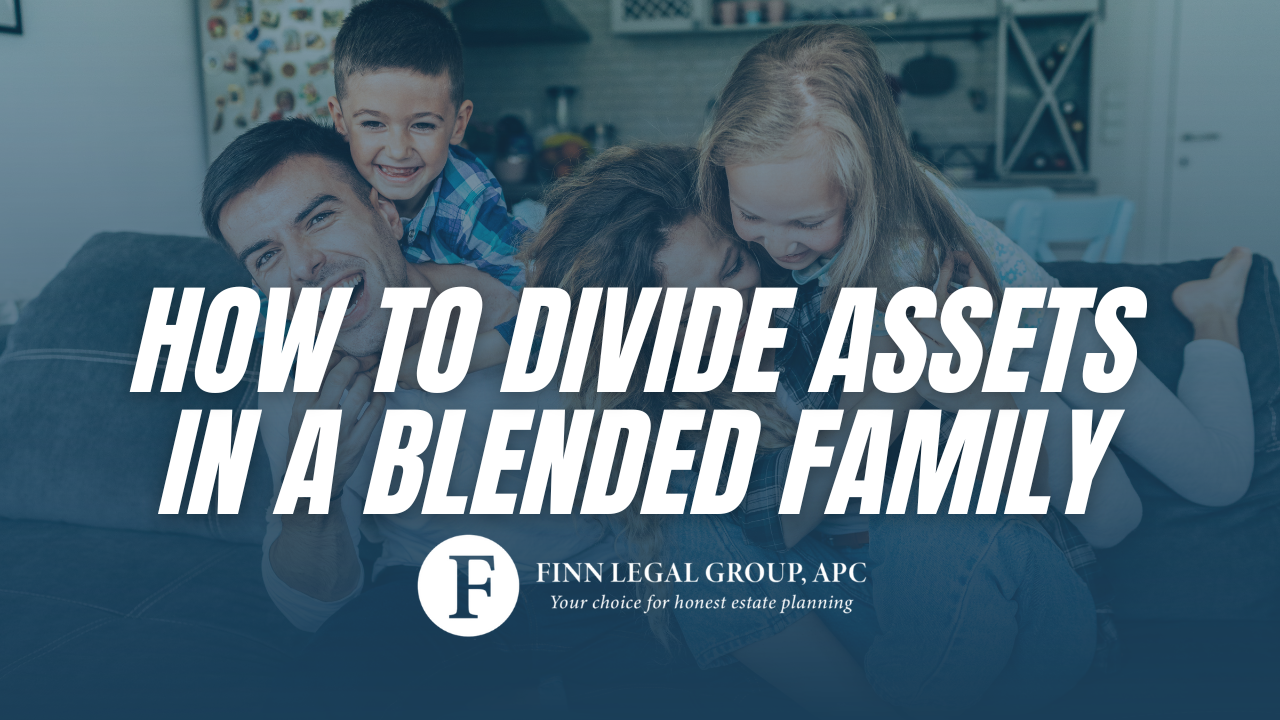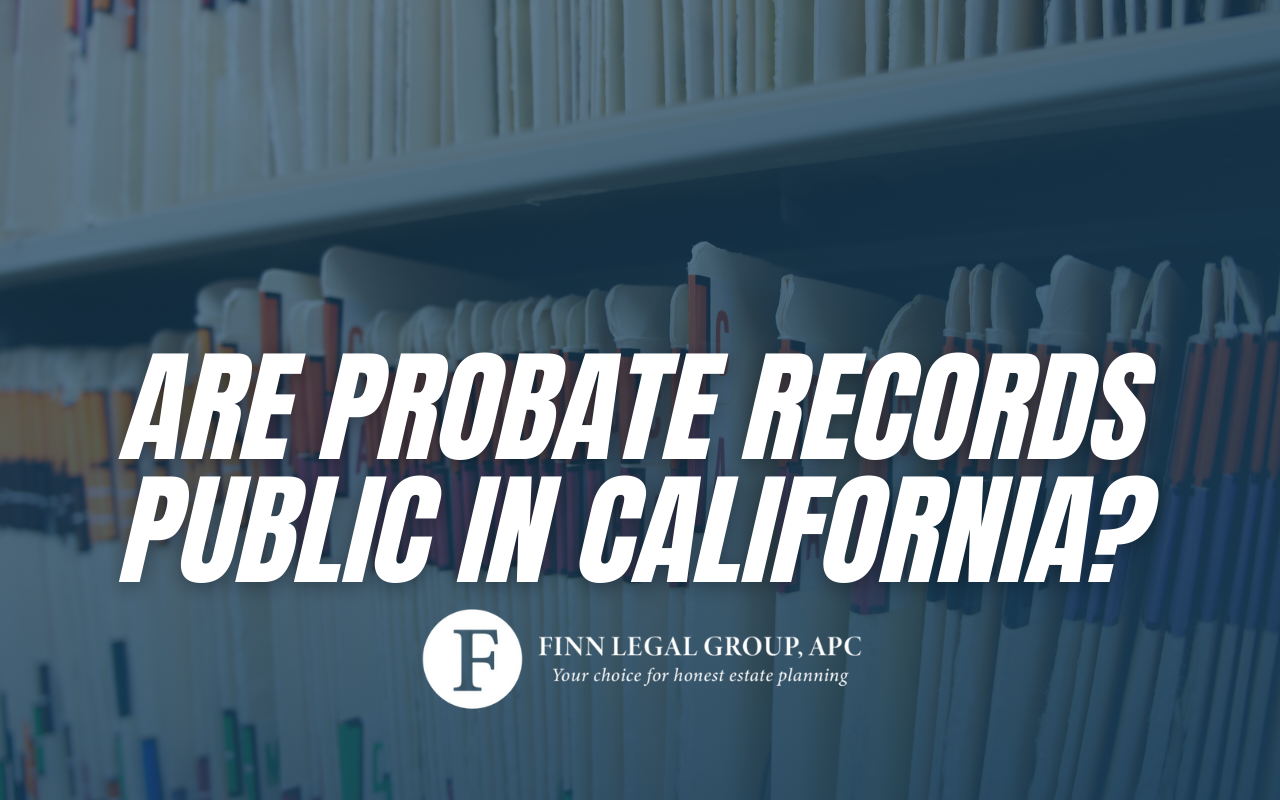Dividing Assets in a Blended Family: What You Need To Know
A blended family has the potential to bring immense joy into a home. However, it’s crucial to ensure the well-being of every family member in the event of unforeseen circumstances. Estate Planning for blended families offers a valuable solution to protect the interests of each child, whether they are biological or part of the family through marriage. This process entails nominating guardians, selecting an executor, and carefully planning inheritances.
Although estate planning for blended families may appear complex, its significance cannot be understated. By establishing a comprehensive plan, you can minimize the need for probate court and mitigate potential legal complexities in the future. To begin, it is advisable to have an open discussion with your spouse about your ideal plans. When you’re both ready, our estate planning lawyer at Finn Legal Group is here to assist you in implementing the necessary documents for a secure future.
What is a Blended Family?
A blended family encompasses parents and all their children, regardless of their previous relationships. Family is defined by connection, not just by labels. A blended family is formed when you and your partner bring children from previous relationships into your new life together.
While you may be excited to embark on this journey of creating a blended family, it’s important to consider the emotions of the children involved. They may not share the same level of enthusiasm. Blended families may face challenges related to finances and the dynamics between stepchildren. Stepparents may also have concerns about the transition to living together as a blended family.
Understanding Beneficiary Designations for Blended Families
Beneficiary designations on insurance policies and retirement accounts can be easily misunderstood, despite their apparent simplicity. However, the truth is that they hold significant power. Regardless of what your trust or will states, the assets in these beneficiary accounts will be allocated to the primary beneficiary. Beneficiary designations supersede all other considerations. Even secondary (contingent) beneficiaries are subject to the decisions of the primary beneficiary, who has full control over the assets.
It is crucial to ensure that all named beneficiaries accurately reflect your current wishes. It is not uncommon for a former spouse to inadvertently remain as the primary beneficiary on an account. Once an asset is in the beneficiary’s name, neither your will nor trust can dictate its distribution. Certain financial institutions may allow the designation of multiple primary beneficiaries with specified percentages of asset distribution. However, it is essential that the forms used by these financial institutions precisely adhere to the required language for multiple primary beneficiaries.
Understanding Trusts, Directives, and Powers of Attorney for Blended Families
For tax advantages and the ability to name multiple trustees, remarried couples often use trusts, such as revocable, irrevocable, or joint pour-over trusts, to distribute estate assets. The ideal trust type for your estate depends on your family situation and the amount of assets. Remember, a trust doesn’t replace the need for a will. A will ensures that assets not titled in the trust transfer according to the decedent’s wishes. Additionally, assets named in a will go through probate. It’s common to have separate trusts for real property (e.g., home or acreage) and investment accounts without named beneficiaries.
Even advanced medical directives and the designation of a medical power of attorney can pose challenges in blended families. A new spouse may want to be the medical power of attorney, which can create tension among biological adult children who may suspect ulterior motives. Open dialogue can help alleviate any fears among your adult children.
According to Pew Research Center, four-in-ten new marriages involve remarriage, and this number continues to rise. Modern families often include children, stepchildren, former spouses, and in-laws from both remarried spouses. In 20% of remarriages, both partners had previously been married. These statistics highlight the complex dynamics of blended families, with each situation being unique. Most remarried couples prioritize ensuring that the surviving spouse receives lifetime care while also ensuring that their children from previous marriages are the ultimate beneficiaries of the assets brought into the remarriage.
Best Estate Planning Options for Blended Families in California
When it comes to Estate Planning for blended families, it’s crucial to consider the dynamics of each family relationship. In these complex structures, concerns about inheritance size, choosing an executor, and ensuring overall fairness often arise. While addressing these concerns can be challenging, it is vital to tackle them head-on. To begin your estate planning journey, explore some of the most common options tailored for blended families.
- Family Trusts: This type of Testamentary Trust combines all assets into a single Trust after the first spouse’s death. The advantage of this structure is that the surviving parent can determine asset distribution based on each child’s specific needs.
- Marital Trusts: A Marital Trust allows assets to pass to the surviving spouse while reserving any remaining assets for the children after the spouse’s death. This structure enables both spouses to create a comprehensive plan that includes all children in the family.
- Outright Ownership: This Estate Planning structure transfers all assets directly to the surviving spouse, without the need for a Trust for the children. Although relatively simple, both spouses must trust that the other will adequately provide for the children.
- Immediate Bequests: An alternative option that doesn’t involve Trusts is to leave assets to each child in your Will. While discussing this with your spouse may be sensitive at times, it can be the best choice when you want your child to directly inherit specific items.
Should You Make A New Estate Plan After Remarriage?
After a divorce or remarriage, it is crucial to revisit your estate plan, especially when there are children involved. This ensures the well-being of your children and guarantees that your desires are honored, particularly regarding healthcare plans and beneficiaries. Additionally, in certain cases, it may be necessary to revoke documents previously created with a former spouse. By revisiting your Estate Plan, you can effectively accomplish this.
Contact Our Blended Family Estate Planning Lawyer Now
Blending families can be an exhilarating and fulfilling journey. However, it is crucial to prioritize the legal well-being of every family member. This entails following the correct procedures when it comes to estate planning for blended families. Parents should exercise special caution in nominating guardians and distributing assets in a manner that aligns with their unique circumstances. No two blended families are alike, and the same holds true for estate plans. Contact Finn Legal Group today to establish the optimal solution for your blended family’s needs.





